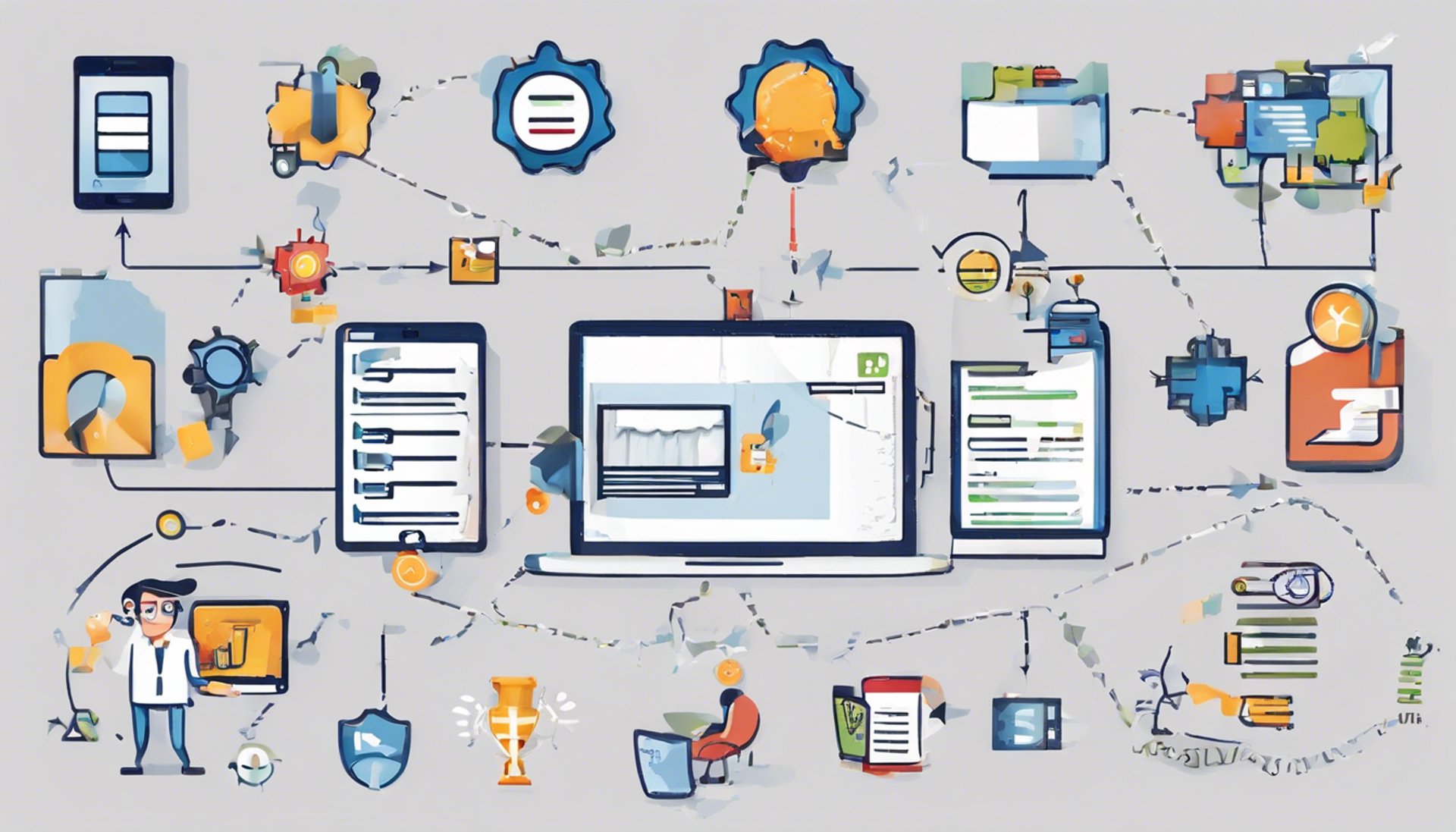
No Code / Low Code
No Code
No-Code" and "Low-Code" tools offer very interesting options for developing a system that records and stores data, enabling its subsequent analysis.
In addition to information systems, Excel often provides many people with an option for storing data that is repeatedly analyzed in the same tool. Although Excel has ways to create forms for data entry, with their respective data input controls, the tools generated with "No-Code" have additional advantages, such as multi-user access, the possibility of use on mobile devices, and even in offline mode.
In my experience, I have used AppSheet (Google) and Power Apps (Microsoft), which I consider to be quite advanced and continuously improving. There are many others, such as FlutterFlow, Softr, Bubble, and many more, which surely present different styles, advantages, and different approaches.
I have carried out numerous projects and have observed how these tools can be used for specific sampling and quick analysis, as well as for controlling processes that do not justify their incorporation into the main systems, and also for developing systems that are fundamental to the operation of certain businesses.
In my opinion, the most important thing, as with all tools, is to know how to use them and make the most of their capabilities. Nothing new. Therefore, my contribution is as follows: to remember that it is very likely that the developers of these platforms will have to perform diverse roles in a short time, transitioning from business analysts to database architects to make the process more efficient. One viable option that I suggest is to have a specialized external advisor to address inquiries and stay updated on new updates or, in the case of organizations with certain infrastructure, to train certain key employees in these skills.

